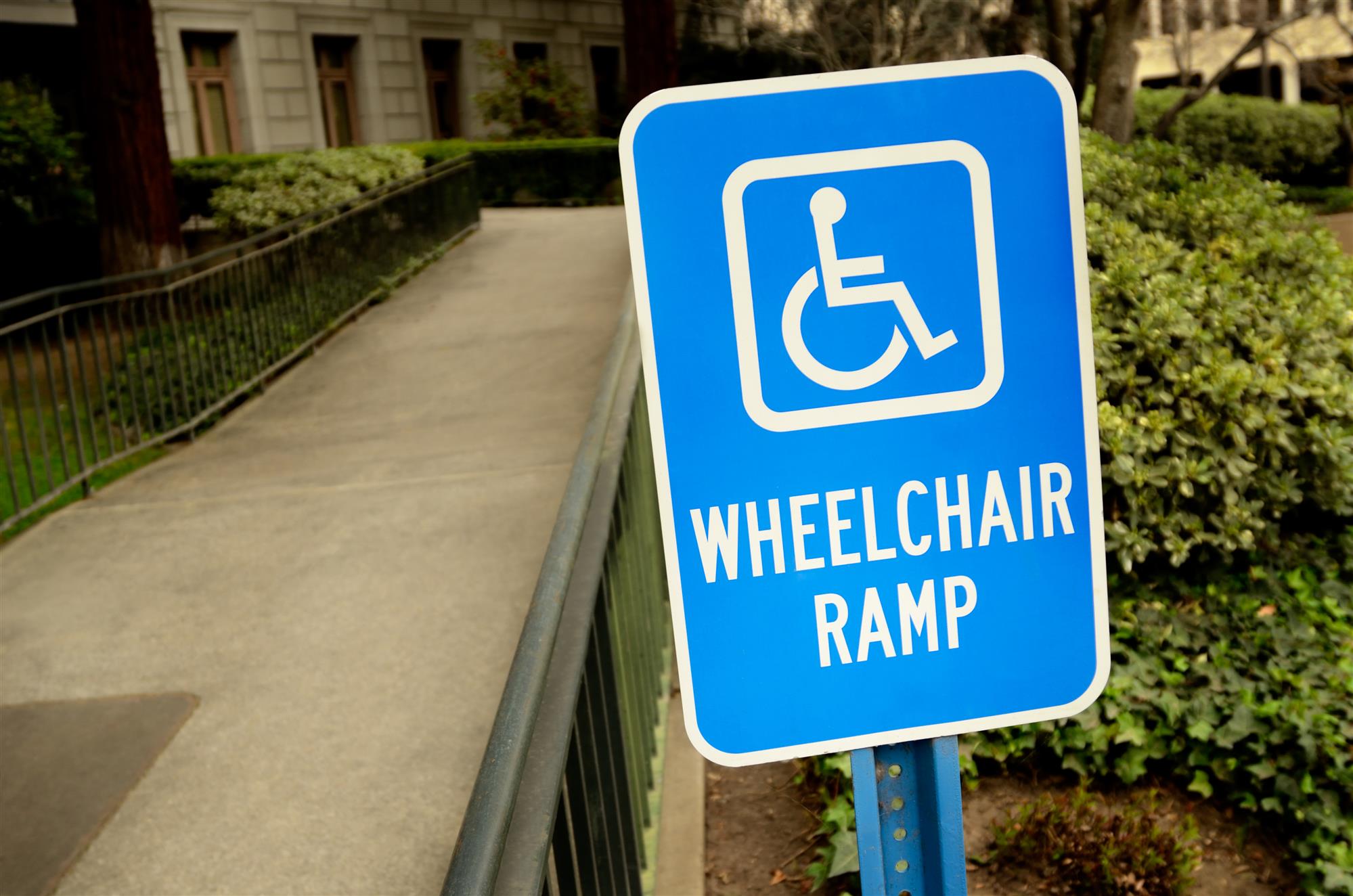Everything you Need to Know About ADA Ramps

ADA ramps are important fixtures that the structure becomes accessible for people disabilities. These ramps play a big role in transition, most importantly for the wheelchair or other disabled persons; they help with crossing barriers, especially in elevation, in the public as well as the private domain.
Key considerations in designing ADA ramps include the maximum slope ratio. Ideally, it should be able to contain not less than 12 people; it should not be less than 36 inches in width; and it should have at least two entry/exit terminals, one at the top end and the other at the lower part of the equipment.
The requirements for handrails are that if the vertical movement is more than 6 inches, structures for protecting from accidents have to be put on ramps. These specifications should also meet the rights of disabled people to equally gain access to the buildings.
Below we discuss the complete ada ramp guide.
Purpose and Importance
ADA ramps are special ramps that are very crucial with regard to the inclusion of disabled persons within the society to achieve their full potential. These ramps help the wheelchair bound, the walking aid, or anyone who has difficulty covering reduced gradients have an easier time transitioning through changes in the ground height.
Its applications are obligatory in the public sector, commerce, and some civil homes where no discrimination against disabled people should be allowed. The presence of ADA ramps also ensures that people of all sorts of disabilities get to assimilate with society and can also be just as active as everyone else.
Construction Materials and Maintenance
There are different materials that can be used to build ADA ramps; they include wood, aluminum, steel, and concrete. Depending on the place where the theater is going to be constructed, its cost, and its further purpose, some material or other will be chosen.
For instance, aluminum ramps are long-lasting, resistant to corrosion, and very easy to maintain, making them ideal for exterior construction, while the wooden ramps may be suitable for home construction due to their natural outlook.
Maintenance and hygiene are very important to ensure that ramps have no deformation and meet the standards concerning accessibility for the disabled.
Regulatory Compliance and Inspection
The ADA standards must be adhered to for new construction and for alterations to build environments. Occupational and private bodies such as accessibility specialists and building inspectors analyze and check the ramps as well as the structures that are already constructed to ascertain whether or not they were designed in compliance with the standards set by the ADA guidelines.
Fines and modifications are some of the of the negative effects that may follow after failure to adhere to standard requirements as specified by the law.
Conclusion
ADA ramps are one of the critical aspects of accessibility that offer the necessary mobility aids to disabled people.
In this regard, design, material, and maintenance play crucial roles in the attainment of compliance and the improvement of access.





